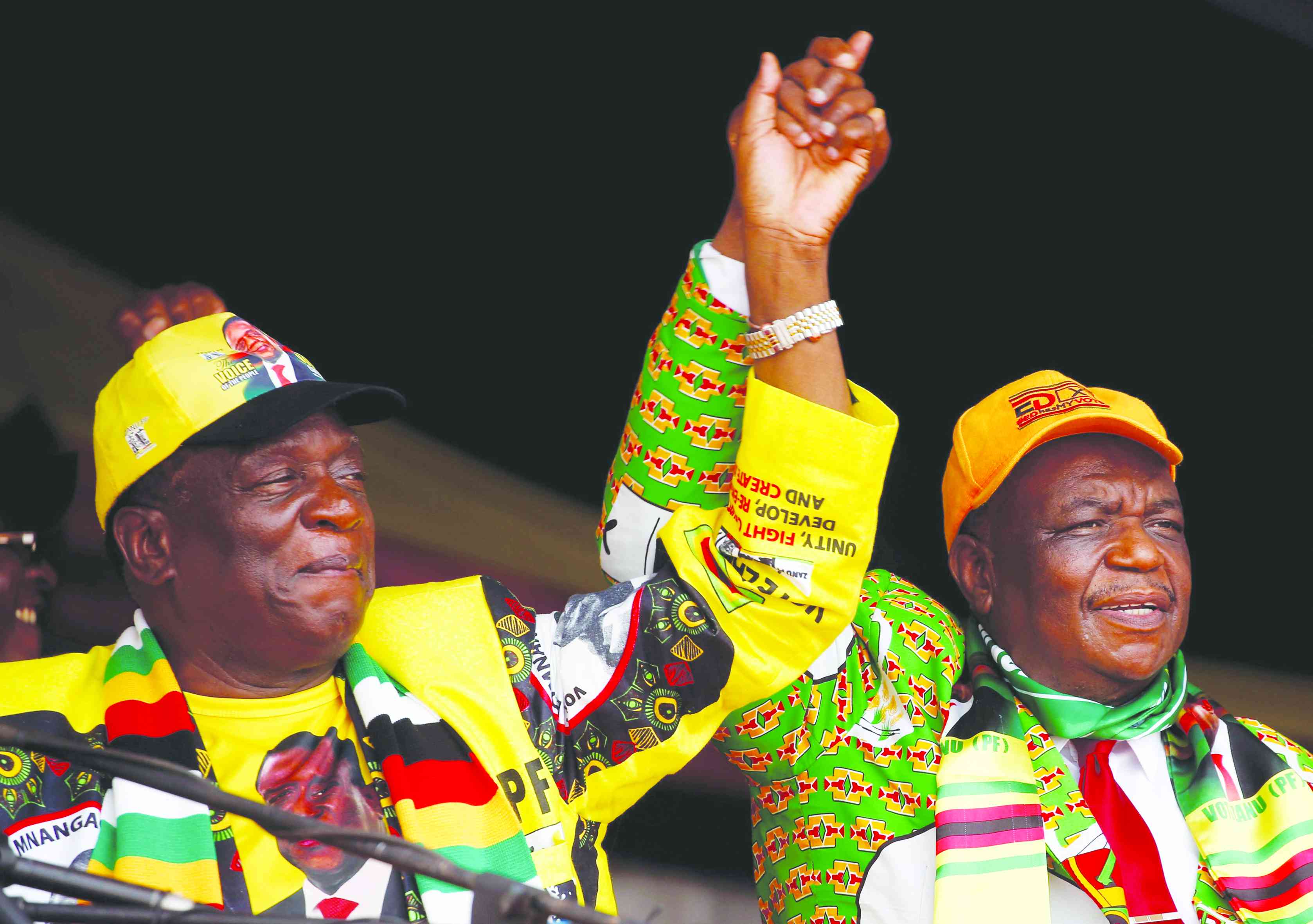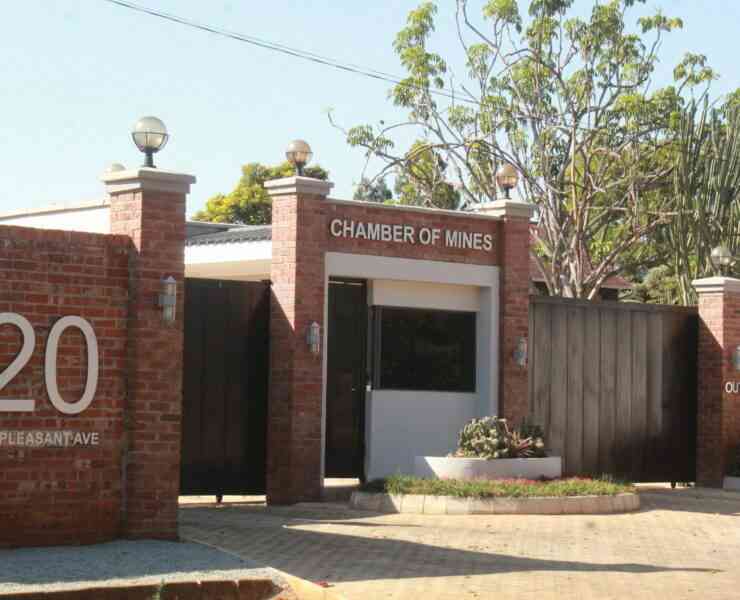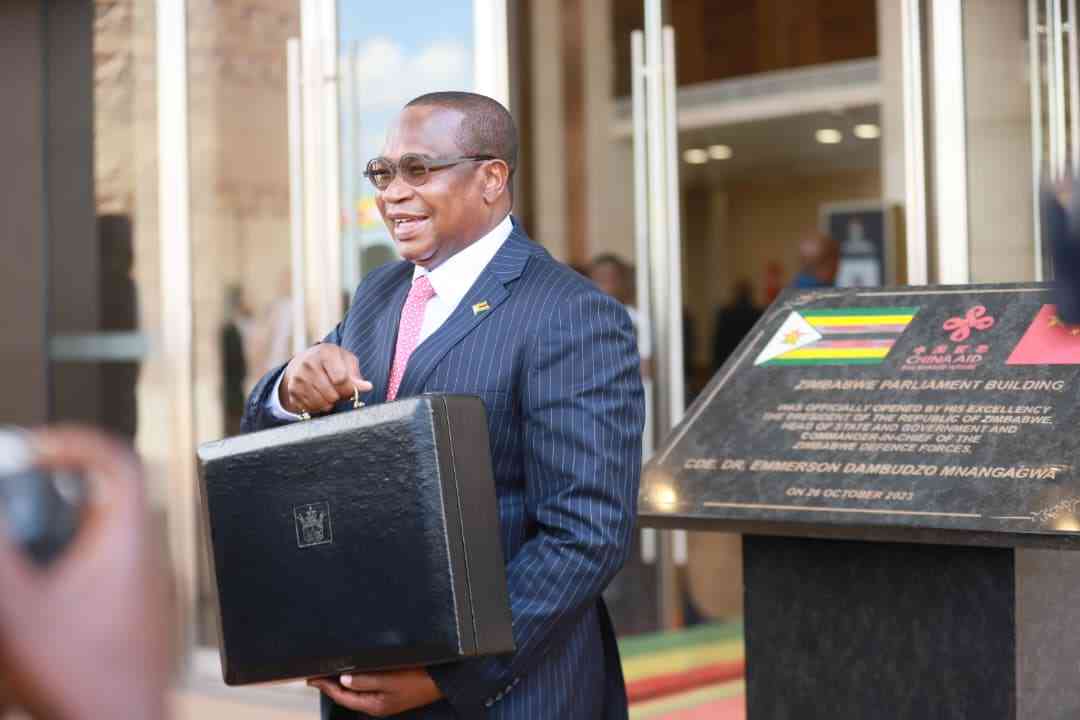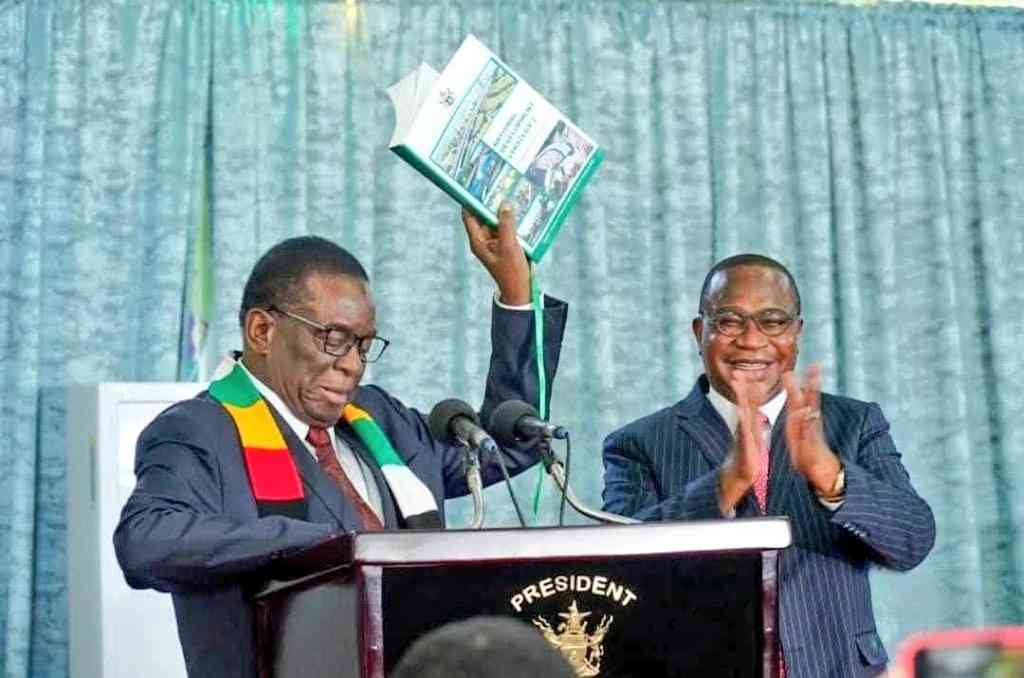
BEING an ambitious Vice-President in Zanu PF is risky business. The record speaks for itself.
Recent history has well-recorded episodes of Joice Mujuru in 2015, Emmerson Mnangagwa in 2017, and now, Constantino Chiwenga appears to be walking the same tightrope.
When the incumbent President is not interested in stepping down or wants to nominate or endorse their preferred successor ahead of the Vice-President in pole position, the path to ascendancy becomes very treacherous for the Vice-President.
Over the years, a clear playbook has emerged on how a powerful Vice-President is neutralised once their presidential ambitions are at odds with the incumbent in Zanu PF.
I must point out dear reader, as I constantly do, that it is still early days to the finale of the succession games but political gambits are already in motion.
The finale will be just a few months or weeks before the congress in 2027. At the congress, all that will happen are play-offs for the spoils, but the game would have been over already.
My musings for this week seek to unravel how presidential hopefuls have been neutralised in the past and how to the keen observer, some elements of that strategy are already unfolding.
I draw my analysis from history to interpret the present. Unlike the West African griot, this writer is not only a keeper of memory, but also a reader of the stars, interpreting the rhythms of society and the seasons of politics for both elite and the common people.
- Corruption Watch: Get scared, 2023 is coming
- Corruption Watch: Get scared, 2023 is coming
- Letters: Ensuring Africa’s food security through availability of quality seeds
- Is military's involvement in politics compatible with democracy?
Keep Reading
Let us get right onto it.
Not a bed a roses
For the incumbent President, purging a powerful and ambitious Vice-President is not a bed of roses. It requires deft handling and playing the long game. History reminds us that such business is what claimed the scalp of the late former president Robert Mugabe.
The Vice-President does not always go away quietly. However, the President holds the incumbency advantage and controls institutional and political instruments, including government machinery, party organs and processes, security organs and patronage networks, both in and outside of Zanu PF and government.
All these can be deployed legitimately or manipulated to advance his interests and undermine those of the Vice-President .
VP caught in catch-22 situation
The Vice-President, on the other hand, has limited room to manoeuvre and has to move quietly and make his moves subtly, cautiously waiting for the right moment to claim the throne. Any premature moves border on insubordination or even treason.
That is why at the height of the G40 and Lacoste factional fights, Jonathan Moyo would declare: “There is no vacancy for the presidency in Zanu PF”.
That on its own is a warning shot. Seeing to be impatient is a pitfall, but waiting too long also weakens them and they lose political ground. It is a catch-22 situation. Damned if you do, damned if you do not!
In such harrowing situations, Bakalanga would quip: “Kwakasima sempini webgwe unobulungiwa nlume akanyenama” (it is as hard as carving a stone handle, which demands a man to do it while grimacing).
Zanu PF VP purge playbook
Such a treacherous terrain requires a tested playbook and Zanu PF, in its long history of few transitions, has perfected one. For the past two Vice-Presidents, the purge machine has been remarkably consistent with few iterations.
The steps are battle-tested: Isolate, dismember, smear, silence, humiliate and formally eject. Each Vice-President, who overplays their hand, meets the same fate, differing only in detail and intensity.
In this environment, controlling who gets to speak — and who gets covered — is as decisive as removing ministers or staging rallies. The labelling is for illustration purposes only not to suggest that these developments happen in a chronological order. That would be too simplistic, whereas the political path is dialectal.
Step one: Isolate the VP
The first blow always lands on the Vice-President’s power base. The Vice-President’s powerful allies in government, in Zanu PF and in the military are slowly, but systematically targeted.
For Joice Mujuru, the suspicious death of her late husband General Solomon Mujuru, the war-time commander and political kingmaker in 2011 left her exposed.
Next it was her allies, heavyweights in cabinet and in the party who were deposed. These were Rugare Gumbo, Didymus Mutasa, Francis Nhema, Nicholas Goche, Dzikamai Mavhaire, Kudakwashe Bhasikiti and others. It was a long list, which included nine of 10 provincial chairpersons, who all fell by the wayside.
For Mnangagwa, provincial and military allies were incrementally weakened and framed as disloyal. The likes of Christopher Mutsvangwa, Ezra Chadzamira, Brian Munyoro, Godwin Shiri and Justice Mayor Wadyajena, among others, were steadily picked apart and expelled.
One does not need to be a malcontent to realise, let alone point out that since 2019, slow erosion of Chiwenga’s allies in the military, in government and in the party: Anselem Sanyatwe deposed as army commander and demoted to a junior ministry in government, Obert Mpofu’s wings has been clipped after being dropped from the powerful post of party secretary-general to a mere secretary for ICTs.
The stubborn reality staring the Vice-President in the face is that his once powerful allies are no longer in positions of decisive influence through attrition, natural or political. At that point, the Vice-President is — for lack of more dignified lingo — a lame duck.
As stated above, this does not mean that Chiwenga is weak, but his position makes it hard for him to walk the thin line between fighting for political relevance and remaining subordinate to the president.
This explains why the world over, the ambitious vice-president always falls out with their bosses, especially in their last term.
The obvious next step is to replace the purged Vice-President’s allies with the President’s loyalists, who can be relied on, be it in government, in party structures or in the security sector.
This dear reader does not need elaboration. We will leave it at that lest you accuse me of, to borrow a term from feminists, “mansplaining” politics to you.
Step two: Give the dog a bad name
Once isolated, the next political gambit is the smear campaign bordering on ridiculous allegations. Witchcraft and assassination plots were levelled against Mujuru; Mnangagwa was pilloried as inept or rather to use the late Simon Khaya Moyo’s summary in the statement of dismissal “consistently and persistently exhibited traits of disloyalty, disrespect, deceitfulness and unreliability”.
He was also accused of being a coup-plotter (not far off the mark eventually). Chiwenga will soon find himself embroiled in such narratives.
To engage in such a well-orchestrated smear campaign, there is need for a loudmouth to do the hatchet job. For Mujuru and Mnangagwa, it was Grace Mugabe, for Chiwenga it seems Temba Mliswa has been tapped for the job.
We hear the ridiculous claims again from 2015 about a missing US$15 billion in diamond revenue, which is now being attributed to Chiwenga.
Step 3: Order public media blackout
A critical and often-overlooked component of the purge playbook is controlling the flow of information. This not only in terms of smearing the Vice-President, but by silencing them as well.
State media can be mobilised to ignore, marginalise or strictly frame the Vice-President’s statements. The effect is two-fold. Firstly, the Vice-President’s ability to rebut or mobilise supporters is curtailed, and secondly, the public narrative is left to state-aligned outlets and party mouthpieces.
Very soon, the state media, which would have been readily available for the Vice-President all along suddenly, does not cover them. Mujuru found out the hard way and had to purchase acres of space in private media to push her own narrative.
The same happened with Mnangagwa in 2017, where he ended up mostly covered by private media outlets. It is at such times that Zanu PF leaders cherish media plurality and availability of independent and private players.
Step four: Stage-manage rallies
The party then, through either the youth or women’s wing, massively mobilises for nationwide provincial rallies with only one purpose: to denounce the ambitious Vice-President.
These rallies are often theatrical stage-managed affairs meant to create the impression of grassroots rejection.
For Mujuru, the vanguard against her was the Women’s League led by Grace Mugabe; for Mnangagwa it was the Youth League led by Kudzanai Chipanga, of course, Grace was still the main character.
In the not so far-off future, we might start to see a similar script playing out. It would not be surprising if this time around the charge is led by the “for ED” affiliates.
Step five: Votes of no confidence
Immediately following the provincial rallies, provinces are mobilised to pass no-confidence votes against the Vice-President and call for their expulsion from the party, or they snub the Vice-President in central committee nominations.
This is done to legitimise the impending ouster with a veneer of grassroots voices and to provide procedural cover for removal way before the congress rendering the Vice-President impotent during congress.
Mujuru and Mnangagwa both faced this form of engineered provincial rejection before formal ejection; Chiwenga’s case may move in that direction if the purge script continues to be followed.
Step six: Formally evict the VP
Finally, the knockout punch is eviction from the party. Formal structures and processes, abetted by the wide-ranging presidential powers and prerogatives both in the party and in government are used to expel the Vice-President from both government and party.
Mujuru was stripped of the Vice-President post through an overnight dismissal letter, and the writing was on the wall that she will fall at the congress, which she decided to snub.
Mnangagwa suffered the same fate just a month before the annual conference before the coup shifted power against the G40.
For the current Vice-President , this stage is still a long way from now, but the pattern suggests that if attrition continues, a formal dismissal would close the purge cycle possibly in mid to late 2027. He has to act now to prevent that from happening two years later.
The sober view
The first signs that the purge playbook is being dusted off are already visible. If history is any guide, once the gears of political attrition begin to turn in Zanu PF, the end is nigh.
For a vice president, the office is less a springboard to power and more of a revolving trapdoor with countless pitfalls.
My cynic self views the vice-presidency as more of a political guillotine. It raises you high, puts you in line for the crown, and then the blade drops.
The lessons of history from Mujuru to Mnangagwa, and now Chiwenga is simple: in Zanu PF, the Vice-President’s chair is the most dangerous seat in the house.
But then, to quote Hegel: “History teaches us that man learns nothing from history”. For some of us, who are not invested in the outcome, it is time to recline our seats and enjoy the show.
This is my sober view; I take no prisoners.
- Dumani is an independent political analyst. He writes in his personal capacity.










